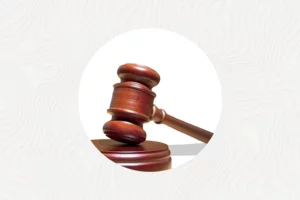Iceland has elected the first female majority parliament in Europe. With nearly half of its members being women, Iceland’s parliament is now one of the most gender-equal national legislatures in the world. This historic milestone for equality has been celebrated by many around the world who hope that it will inspire other countries to follow suit.
However, it has also led to much confusion. Iceland’s parliament is not the first national legislature with an equal number of women to men. Sweden was the first country in 2010 with its Riksdag, followed by Norway in 2013 and Spain in 2015. Also the fact that half of Iceland’s parliament are women doesn’t mean that 50% of the parliamentarians in every country are women. In Russia, for example, women have made up just 8.1% of parliamentarians since 1990 and none has been elected as a member of the executive branch as far as we know.
In this article, I will outline how Iceland got to elect the first female majority parliament in Europe. But let’s also look at the complexities behind the calculation, because what has happened in Iceland illustrates how easily you can create a misleading impression by looking at elections in isolation.
The Icelandic Feminist Party (Stígamót) was formed in 1983 with the aim to improve women’s rights and representation. It is part of the radical-left wing grouping called The Red-Greens. They contested their first parliamentary election in 1987, but only achieved 1% of the vote and no seats in parliament.

The formation of a successful feminist party is without parallel anywhere in Europe since women gained suffrage at the end of First World War. Only after over 40 years of effort, the Icelandic Women’s Rights Association – which had been active since 1894 – finally succeeded in gaining women’s suffrage on the same terms as men in 1915. This was followed by a steady increase in female representation and participation:
the first female mayor was elected in 1932 and one of the two main parties (the Independence Party) selected its first female chair in 1970.
But it took until 2005, more than seventy years after men gained voting rights, for Iceland to get its first woman prime minister. Yet she didn’t come from the feminist party but rather the Left-Green Movement, which had been in coalition with the Social Democrats. In 2013, women won a majority of the vote and Jóhanna Sigurðardóttir became Iceland’s first female prime minister from a party with a feminist platform.
Jóhanna Sigurðardóttir’s success was mostly due to favourable circumstances: the 2008 financial crisis. The three largest banks in Iceland went bankrupt in October 2008, causing a severe economic depression. The Social Democrats stayed in power but were forced for the first time to have a coalition with another party, the Left-Greens, which they had previously fought against.










More Stories
Tax evasion: Why CID Needs Its Own Arraignment Unit
Strikes in East Ukraine Notwithstanding Putin’s Truce Request
‘Katha Shunche TikTok’, eliminated around 5 million recordings of Bangladesh